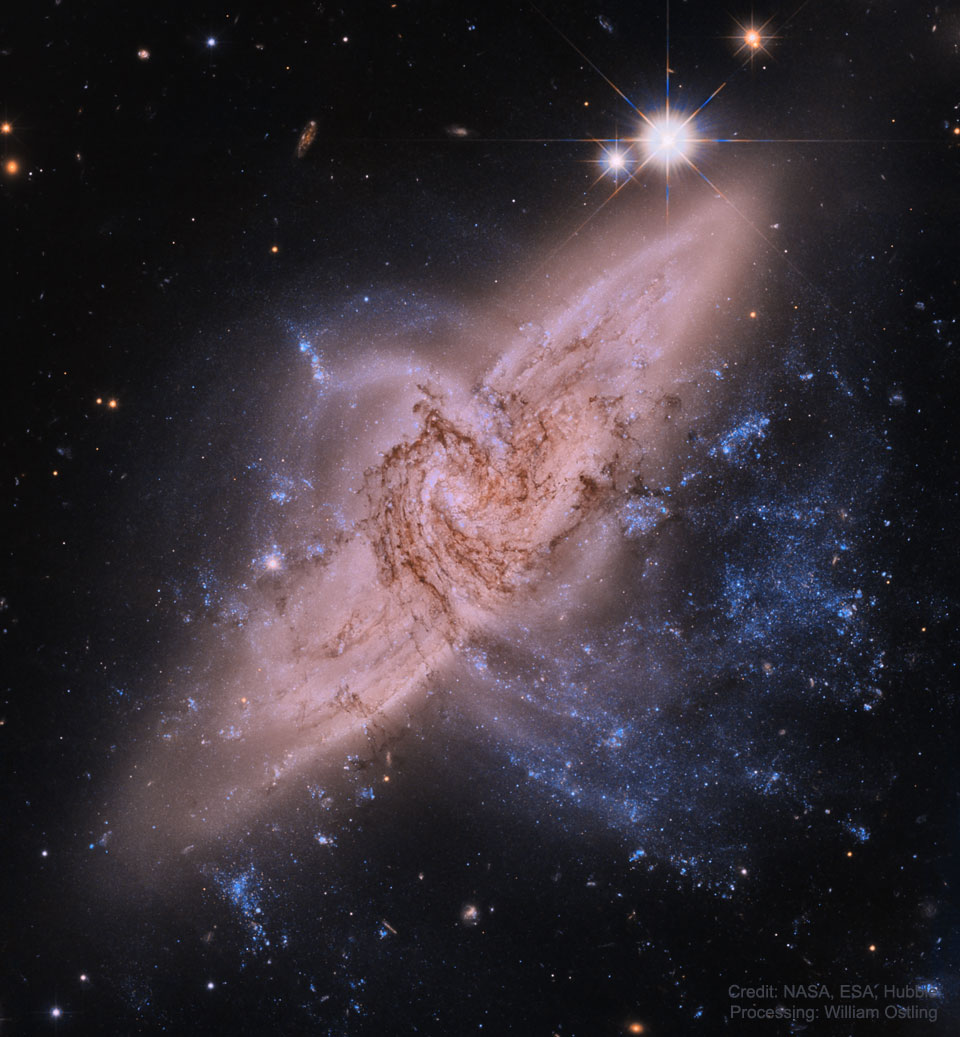https://en.wikipedia.org/wiki/Gravitational_microlensing wrote:
<<Gravitational microlensing is an astronomical phenomenon due to the gravitational lens effect. It can be used to detect objects that range from the mass of a planet to the mass of a star, regardless of the light they emit. Typically, astronomers can only detect bright objects that emit much light (stars) or large objects that block background light (clouds of gas and dust). These objects make up only a minor portion of the mass of a galaxy. Microlensing allows the study of objects that emit little or no light.
A typical microlensing event like OGLE-2005-BLG-006 one has a very simple shape, and only one physical parameter can be extracted: the time scale, which is related to the lens mass, distance, and velocity. There are several effects, however, that contribute to the shape of more atypical lensing events:
- Lens mass distribution. If the lens mass is not concentrated in a single point, the light curve can be dramatically different, particularly with caustic-crossing events, which may exhibit strong spikes in the light curve. In microlensing, this can be seen when the lens is a binary star or a planetary system.
Finite source size. In extremely bright or quickly-changing microlensing events, like caustic-crossing events, the source star cannot be treated as an infinitesimally small point of light: the size of the star's disk and even limb darkening can modify extreme features.
Parallax. For events lasting for months, the motion of the Earth around the Sun can cause the alignment to change slightly, affecting the light curve.
Most focus is currently on the more unusual microlensing events, especially those that might lead to the discovery of extrasolar planets. Another way to get more information from microlensing events involves measuring the astrometric shifts in the source position during the course of the event and even resolving the separate images with interferometry. The first successful resolution of microlensing images was achieved with the GRAVITY instrument on the Very Large Telescope Interferometer
In practice, because the alignment needed is so precise and difficult to predict, microlensing is very rare. Events, therefore, are generally found with surveys, which photometrically monitor tens of millions of potential source stars, every few days for several years. Dense background fields suitable for such surveys are nearby galaxies, such as the Magellanic Clouds and the Andromeda galaxy, and the Milky Way bulge. In each case, the lens population studied comprises the objects between Earth and the source field: for the bulge, the lens population is the Milky Way disk stars, and for external galaxies, the lens population is the Milky Way halo, as well as objects in the other galaxy itself. The density, mass, and location of the objects in these lens populations determines the frequency of microlensing along that line of sight, which is characterized by a value known as the optical depth due to microlensing. (This is not to be confused with the more common meaning of optical depth, although it shares some properties.) The optical depth is, roughly speaking, the average fraction of source stars undergoing microlensing at a given time, or equivalently the probability that a given source star is undergoing lensing at a given time. The MACHO project found the optical depth toward the LMC to be 1.2×10
−7, and the optical depth toward the bulge to be 2.43×10
−6 or about 1 in 400,000.
Complicating the search is the fact that for every star undergoing microlensing, there are thousands of stars changing in brightness for other reasons (about 2% of the stars in a typical source field are naturally variable stars) and other transient events (such as novae and supernovae), and these must be weeded out to find true microlensing events. After a microlensing event in progress has been identified, the monitoring program that detects it often alerts the community to its discovery, so that other specialized programs may follow the event more intensively, hoping to find interesting deviations from the typical light curve. This is because these deviations – particularly ones due to exoplanets – require hourly monitoring to be identified, which the survey programs are unable to provide while still searching for new events. The question of how to prioritize events in progress for detailed followup with limited observing resources is very important for microlensing researchers today.>>
 NGC 3314: When Galaxies Overlap
NGC 3314: When Galaxies Overlap


